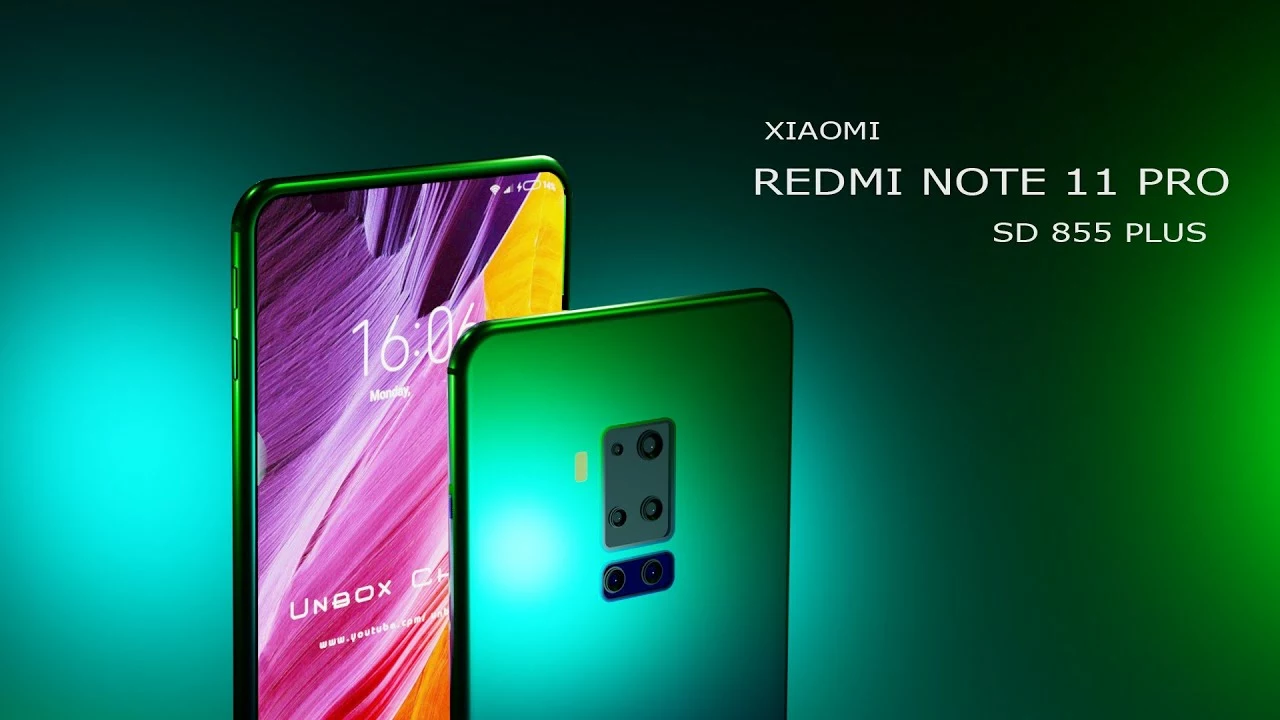Specifications made simple: read labels and avoid mistakes
Specs on a box or label tell you what a device needs and what it can do. Ignore them and you risk blowing a fuse, killing a charger, or shortening a gadget’s life. This page gives clear, practical ways to read common specs so you pick the right adapter, understand performance numbers, and use devices safely.
Start by finding the key lines: voltage, frequency, current (or amps), and wattage. Those four usually answer whether a device will work where you live, or with a certain charger. If a label says 100-240V ~50-60Hz 2.0A, it means the device accepts mains from 100 to 240 volts, works on both 50 and 60 Hz power grids, and draws up to 2 amps. Multiply volts by amps to get maximum wattage (V × A = W).
Look for input versus output. Input specs apply to the device when plugged to the wall. Output specs are for chargers and power supplies. A charger that outputs 5V 2A gives up to 10 watts to your device. Don’t match output amperage lower than your device needs; higher amperage is usually fine if voltage matches and the device controls charge.
Electrical safety and compatibility
Using US electronics in India? Check voltage range and plug type. If a device is single-voltage (like 110V only), you need a voltage converter. If it says 100-240V, you only need a plug adapter. Add a surge protector for expensive gear. Also check certifications like BIS (India), CE or FCC to confirm basic safety checks were done.
Watch out for labels like 100-240V~50/60Hz 2.0A and symbols for double insulation or polarity on adapters. If the label is missing or faded, don’t guess—find the manual or the printed PCB label inside chargers.
Other common specs explained
Time constant (RC): in circuits with a resistor (R) and capacitor (C), the time constant tau = R × C. It tells how fast a capacitor charges to about 63% of full—useful when you read electronics posts on filters, timers, or transient behavior.
Transient response: that’s how a circuit reacts to a sudden change, like switching on power or a pulse. If a spec mentions transient limits or response time, it affects stability and how quickly a device recovers from spikes.
Battery capacity: mAh is milliamp-hours and gives run-time estimates but pair it with voltage to compare energy properly. Watt-hours (Wh) = (mAh × V)/1000. For travel, airlines and regulators often list limits in Wh, not mAh.
IP ratings show water and dust resistance (IP67, IP68). Higher numbers mean better protection. For outdoors or fishing gear, pick at least IP67. For phones that might get wet, IP68 is safer.
Quick rule: match voltage first, then check current/wattage, then connector and certification. When in doubt, read the manual or choose a branded charger. Clear specs save money and headaches—read them like a pro and your devices will thank you.

What is the price of a Redmi Note 11 SE?
I recently looked into the price of the Redmi Note 11 SE and found out that it varies depending on the region and the storage configuration. Generally, the starting price for the base variant (6GB RAM and 128GB storage) is around $200 to $250. If you're interested in a higher storage option, the price can go up to $300 or more. It's essential to compare prices from different retailers and check for any ongoing deals or discounts. Keep in mind that these prices are subject to change, so it's always a good idea to stay updated on the latest offers.